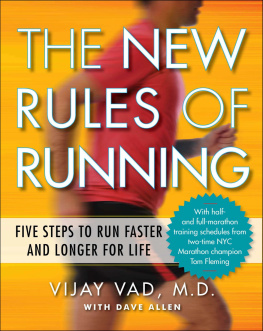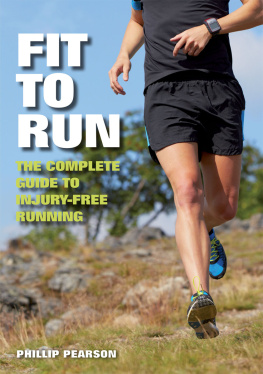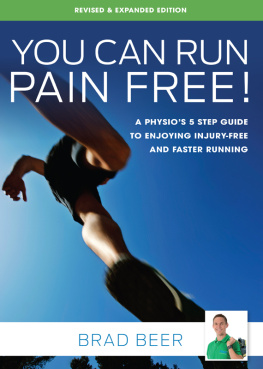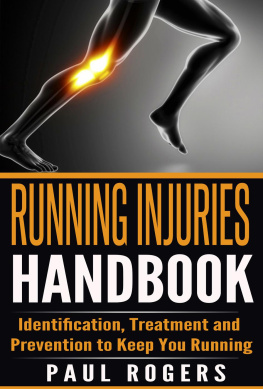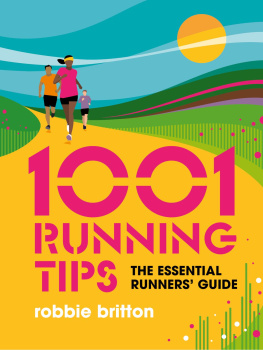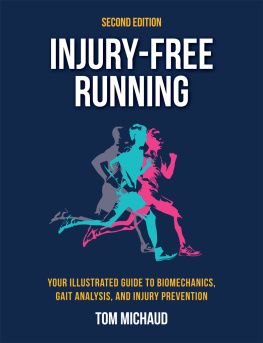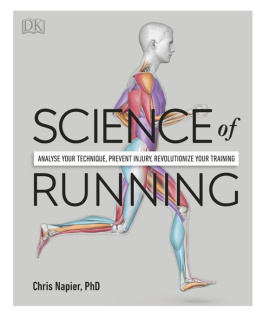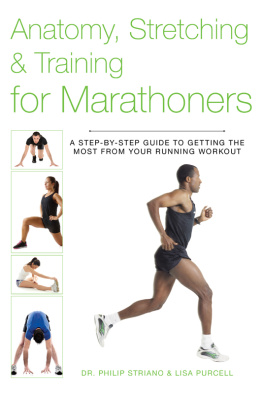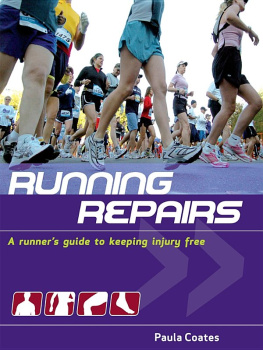Published by the Penguin Group
Penguin Group (USA) LLC
375 Hudson Street
New York, New York 10014

USA Canada UK Ireland Australia New Zealand India South Africa China
penguin.com
A Penguin Random House Company
Copyright 2014 by Vijay Vad, M.D., and Dave Allen
Photography 2013 by Fred Vuich
Medical illustrations 2013 by KO Studios
Penguin supports copyright. Copyright fuels creativity, encourages diverse voices, promotes free speech, and creates a vibrant culture. Thank you for buying an authorized edition of this book and for complying with copyright laws by not reproducing, scanning, or distributing any part of it in any form without permission. You are supporting writers and allowing Penguin to continue to publish books for every reader.
Most Avery books are available at special quantity discounts for bulk purchase for sales promotions, premiums, fund-raising, and educational needs. Special books or book excerpts also can be created to fit specific needs. For details, write Special.Markets@us.penguingroup.com
Library of Congress Cataloging-in-Publication Data
Vad, Vijay.
The new rules of running : five steps to run faster and longer for life / Vijay Vad, Dave Allen.
p. cm.
ISBN 978-1-101-62365-7
1. RunningPhysiological aspects. 2. Running injuriesPrevention. 3. Running injuriesTreatment. 4. RunningHandbooks, manuals, etc. 5. Runners (Sports)Handbooks, manuals, etc. I. Allen, Dave, II. Title.
RC1220.R8V34 2014 2013043693
617.1'027dc23
While the author has made every effort to provide accurate telephone numbers, Internet addresses, and other contact information at the time of publication, neither the publisher nor the author assumes any responsibility for errors, or for changes that occur after publication. Further, the publisher does not have any control over and does not assume any responsibility for author or third-party websites or their content.
Outdoor recreational activities are by their very nature potentially hazardous. All participants in such activities must assume the responsibility for their own actions and safety. If you have any health problems or medical conditions, consult with your physician before undertaking any outdoor activities. The information contained in this guide book cannot replace sound judgment and good decision making, which can help reduce risk exposure, nor does the scope of this book allow for disclosure of all the potential hazards and risks involved in such activities. Learn as much as possible about the outdoor recreational activities in which you participate, prepare for the unexpected, and be cautious. The reward will be a safer and more enjoyable experience.
Version_2
I dedicate this book to my children, Amoli and Nikhil, who have inspired me to run like a child again. May they continue the tradition of running as a family.
Contents
Introduction
Running: The Ultimate Mind-Body Tune-Up
People have many different reasons for running. They run to stay healthy and in shape, or to lose weight, or to scratch that competitive itch they might be having. Others run because its a good way to relieve stressto decompress from the pressures of their everyday lives. Still others run for social reasonsto spend time with friendsor because it simply makes them feel good about themselves.
I run because its the ultimate fitness activity. Its one of the best core exercises you can do, and it really gets the blood pumping through your body, which is good for your heart and your lungs. Running, along with other intensive sports activities like cross-country skiing, interval training, biking, and mountain climbing, is known to increase your maximum aerobic capacity, or VO max levels, which is a measurement of your lungs ability to use oxygen.
I also run because its a great way to spend quality family time with my two young children. Every Saturday (except in the cold winter months), we head to Central Park and run the reservoir loopa 1.58-mile track with breathtaking views of the park and New York City skyscrapers. My son, Nikhil, who is 6, can run a 10-minute mile now without breaking a sweat. And my daughter, Amoli, who is 7, cant wait to put on her shoes and head out the door. She craves running. Not only does she look like an athlete now, but she also has a focus and discipline that are so much better today than they were several years ago. It used to be that shed get bored and move on to something else fairly quickly, but now, because of the running, she can focus on an individual task for several hours. And she really enjoys it. She said as much to me recently, telling me, Dad, I like running because it is fun and is good for you. My original hope was that if I got them to run at such a young age, theyd develop a passion for a healthy activity they could enjoy for a lifetime. But I never thought it would have the impact its had.
Last, I run because its convenient and fairly inexpensive. I dont need a partner or a teammate, nor do I have to join a gym or pay an admission fee to go run in one of the worlds most stimulating settings, Central Park. I simply lace up my running shoes, jog a few blocks over to the parks main drive or reservoir, and run.
Chances are that if youre reading this book, you, too, are running for one or more of the aforementioned reasons. Well, Im about to give you a few more reasons why you should continue to runnot just now but also in the many years to come. It has recently come to light that running, in addition to increasing endurance and leading to better overall physical conditioning, can have a similarly positive impact on the brain. Theres growing evidence that running and other forms of exercise can improve your cognitive functioning and lower your risk of developing Alzheimers disease and other mental illnesses often associated with aging. It can combat depression and make you smarter and more focusedas shown by my daughters experience.
One recent study conducted by Nihon Fukushi University in Japan shows the impact that moderate, sustained running can have on your brain. Seven young adults were asked to embark on a 3-month jogging program in which they would run for 30 minutes two to three times per week. The participants were given a computer-based series of tests before and after the jogging program, and their test scores improved substantially with running. Once they stopped training, however, their performance began to decline. In other words, running improved their cognitive functioning (i.e., memory and focus), but only if they maintained some form of conditioning.
In another recent study, researchers discovered that laboratory mice that were bred to run had a 13 percent larger midbrain than normal, untrained mice. Besides controlling your bodys visual and auditory systems, the midbrain also releases a chemical, or neurotransmitter, called dopamine, which sends signals to other nerve cells that the body interprets as a reward. In other words, its very similar to adrenaline.
Running has similarly been shown to increase the production of endorphins, another neurotransmitter secreted within the brain and nervous system that helps block pain and produce a feeling of well-being. This is where the term runners high comes from: The brain releases these endorphins to give you the higha very pleasurable, orgasmic post-run feeling. It is also why many scientists believe that running is a very effective way to curb depression.

